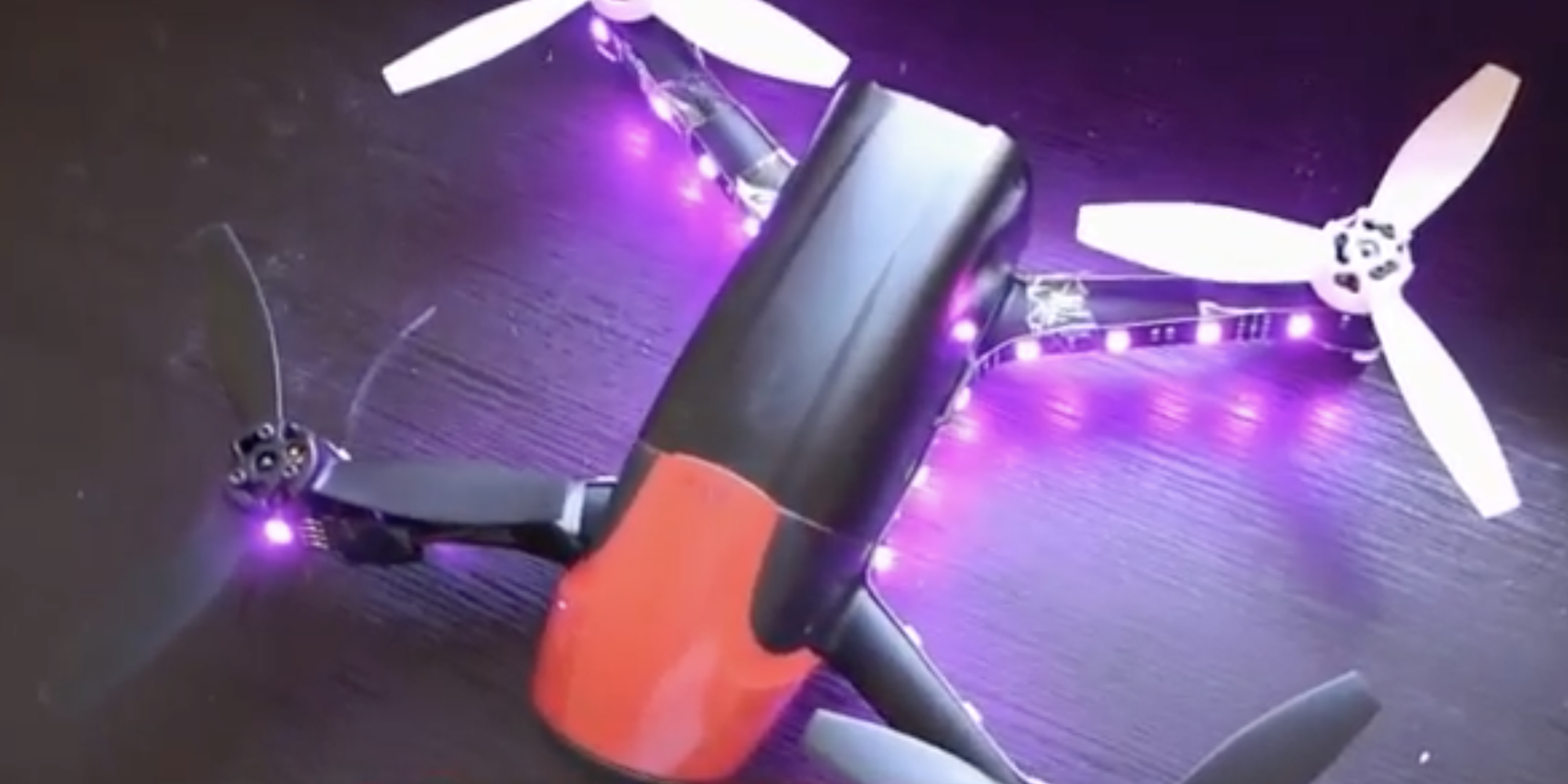
As America gradually starts to reopen its economy after the pandemic lockdown, the need to continually disinfect public spaces is growing, reports dronedj.com. Researchers at the University of California San Diego (UCSD) have a suggestion: build disinfecting drones with germ-killing UV-C lights.
This is just the latest in a series of efforts to employ drones for disinfection work. Most focus on liquid disinfectants and require large drones to cover large areas, such as sporting arenas. Omni Environmental Solutions, for instance, produces a craft that carries 10 litres of disinfectant solution that it sprays from downward-facing nozzles. A company called EagleHawk uses large drones tethered by a hose to tanks of disinfectant on the ground.
The UCSD effort is more modest in several respects. By forgoing liquid, they can use a much smaller drone. The company has been experimenting with the Parrot Beebop. They have retrofitted it with strips of LEDs that emit ultraviolet light in the UV-C frequency range. It looks a bit like a flier decked out for the Drone Racing League.
This is not the kind of UV light you get at the beach, which is UV-A and UV-B. UV-C has a shorter wavelength and higher energy, making it more deadly to pathogens, but also more harmful to people. “One of the challenges with UV use is that you’re not supposed to be exposed to UV-C for too long,” Professor Tara Javidi told ABC 10 San Diego news. The idea is that the drone can be placed in a room and then piloted remotely, using the drone’s camera to navigate.
This isn’t the first UV-C disinfecting drone. Urban Air Mobility News recently carried a story about a company called Digital Aerolus (see video below) that has equipped its autonomous Aertos UAV inspection drones with UV lights to do the job. However, these are high-end drones with advanced autonomy tech to navigate indoor spaces. A business or institution would have to hire the company as a contract service.
The UCSD effort, in comparison, has a maker aspect to it. The goal is to design a kit that anyone can then adapt to retrofit their own drones. “Ideally we would like to be able to do this with any drone that people have at their disposal,” explained Javidi.
This gets the disinfection capability into a lot more hands. The team is currently testing their prototype to see how effective it is at killing pathogens. Javidi says she is aiming for more than 99% effectiveness.
For visual information

